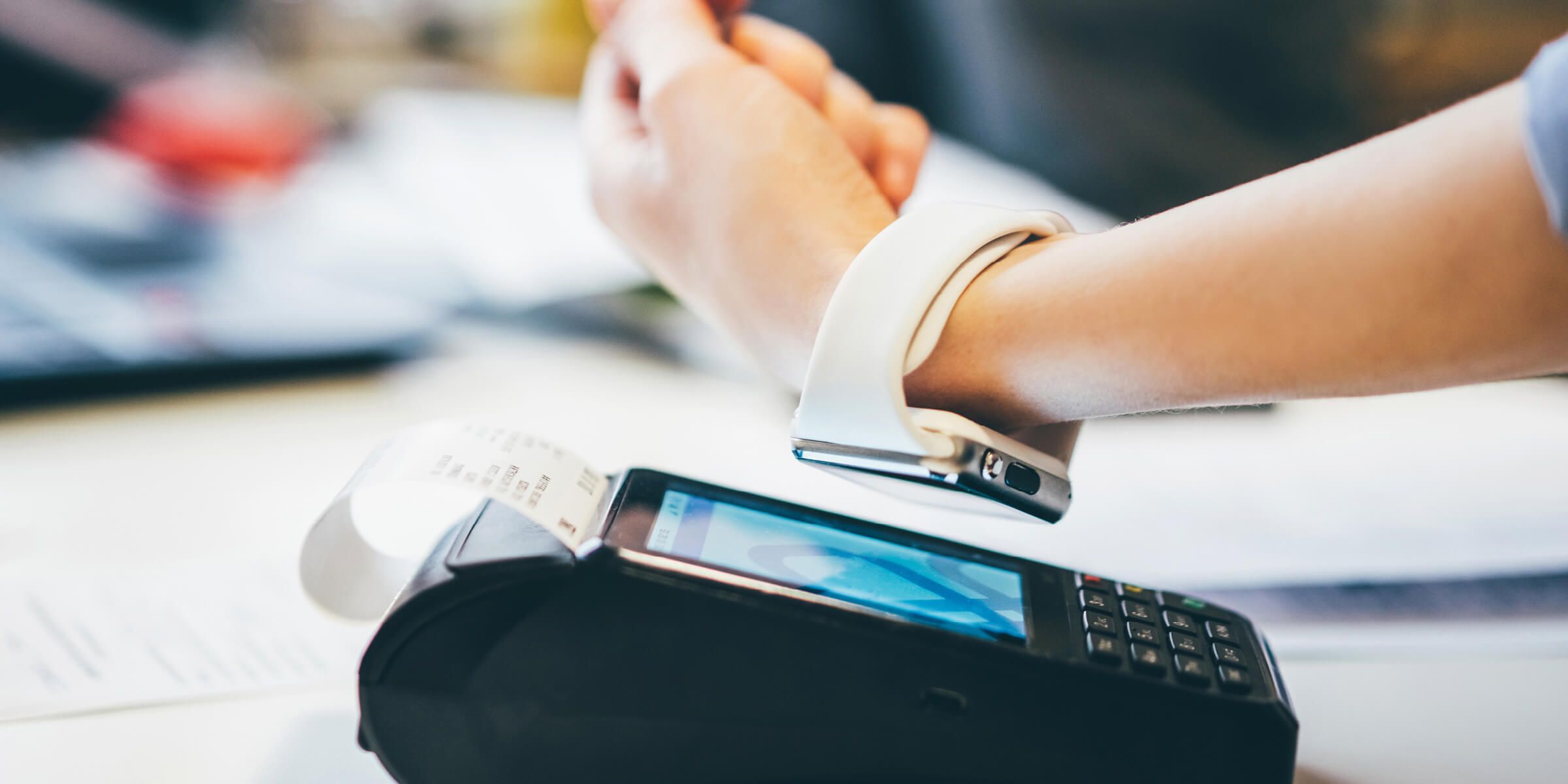

Three Influences Shaping the Future of Payments
Get ready for the next phase of innovation
Since the COVID-19 pandemic, the payments industry has been operating in “fast-forward” mode. Digital adoption accelerated greatly since 2020 – and there’s no going back. Consumers want more and faster options, from contactless payments to instant transaction services.
So, what’s next? Can the industry keep up this pace of innovation?
It’s hard to tell in such a dynamic market. But if we polish our crystal ball, we can see three influences that will shape the industry through 2025.
1. Customer experience
These days, everything is about experiences. Consumers expect financial services to be timely, simple to use, easily accessible and available across channels.
Historically, the financial services industry has been slow to make banking processes easier. Legacy systems, compliance requirements and regulation abound – and are often to blame for more cumbersome processes. But neobanks and fintechs found a way to make things simpler, and now financial institutions have to, as well.
Convenience and simplicity will drive payments innovation in the near term, and not just within financial services firms. Every business – from phone companies to grocers – faces similar pressure. Why? Because bills that are easiest to pay get paid first. Businesses that invest in simple payments experiences will be likely to enjoy a lower level of outstanding receivables, faster reconciliations and fewer delinquent accounts. And that can mean a significant competitive advantage.
What will constitute a “good experience” in the future? What will be convenient? It’s exciting to imagine. We can assume that mobile technology will play a key role. Perhaps passcodes will be replaced by biomarkers or voice imprints, enabling customers to pay bills without logging on to an account.
2. Mobile wallets
According to a NerdWallet study, four out of five Americans use mobile wallets and payment apps. By 2025? Expect that to be the new normal.
From 2020 to 2021, the value of transactions exchanged through mobile wallets increased 31%, according to the 2022 State of the Industry Report on Mobile Money from GSMA.
Mobile wallet growth has been significant across nearly every global economy. About 60% of the world’s population could have a mobile wallet by 2025, based on mobile wallet research published by Boku.
Consumers prefer to use mobile devices for transactions if it means they can avoid banks and banking accounts. New and existing payment schemes must accept digital wallets to capture payments business. In many countries, digital wallets will be the biggest channel and source of funds, especially in areas with underbanked citizens. Consumers in African and Asian countries, for example, are already among the most frequent users of mobile wallets, and there are other global opportunities for growth as well.
3. Digital currencies
Asia is leading the development of cross-border instant settlements. Singapore already has bilateral links with Thailand, Malaysia and India. They’re writing the book – and developing use cases – on central bank digital currencies (CBDC) and how to settle across national boundaries.
Other CBDC links are under trial, including a collaboration between the Eurozone and the U.S. Initiatives are also emerging in the Middle East and elsewhere, with the goal of establishing multilateral links. By 2025, many more cross-border settlement systems will be in place.
How will CBDCs affect the payments industry? As cross-border competition increases, players will be pressured to improve on user experience, service and price. Advancements in CBDC payment settlement will have a ripple effect across the entire payments ecosystem.
Soon, cross-border transactions will be as simple as domestic transfers. In turn, there will be more pressure on domestic payments providers to deliver efficiency and advanced technology.
What’s next?
Financial technology continues to evolve rapidly, especially in the payments arena. Customer experience, mobile wallets and digital currencies will reshape where and how people bank. To reap the benefits of these changes and stay ahead of the competition, financial institutions and businesses themselves will need to evolve and innovate in the near future and beyond.